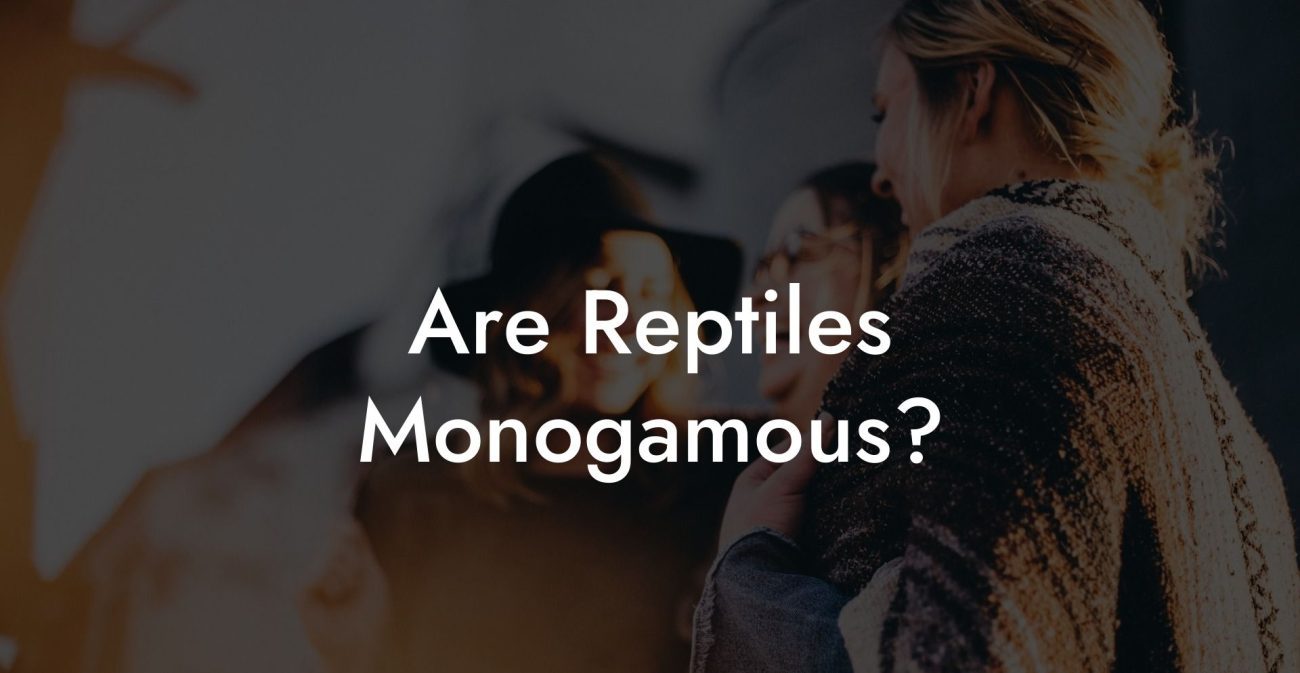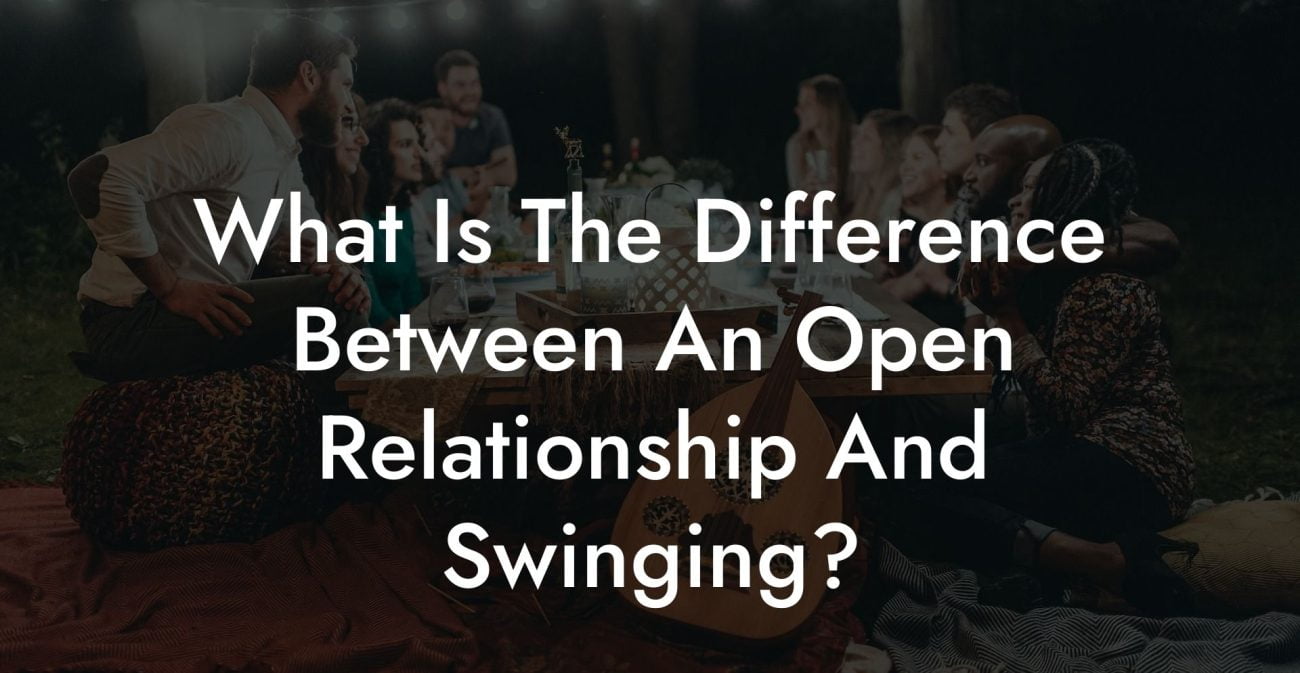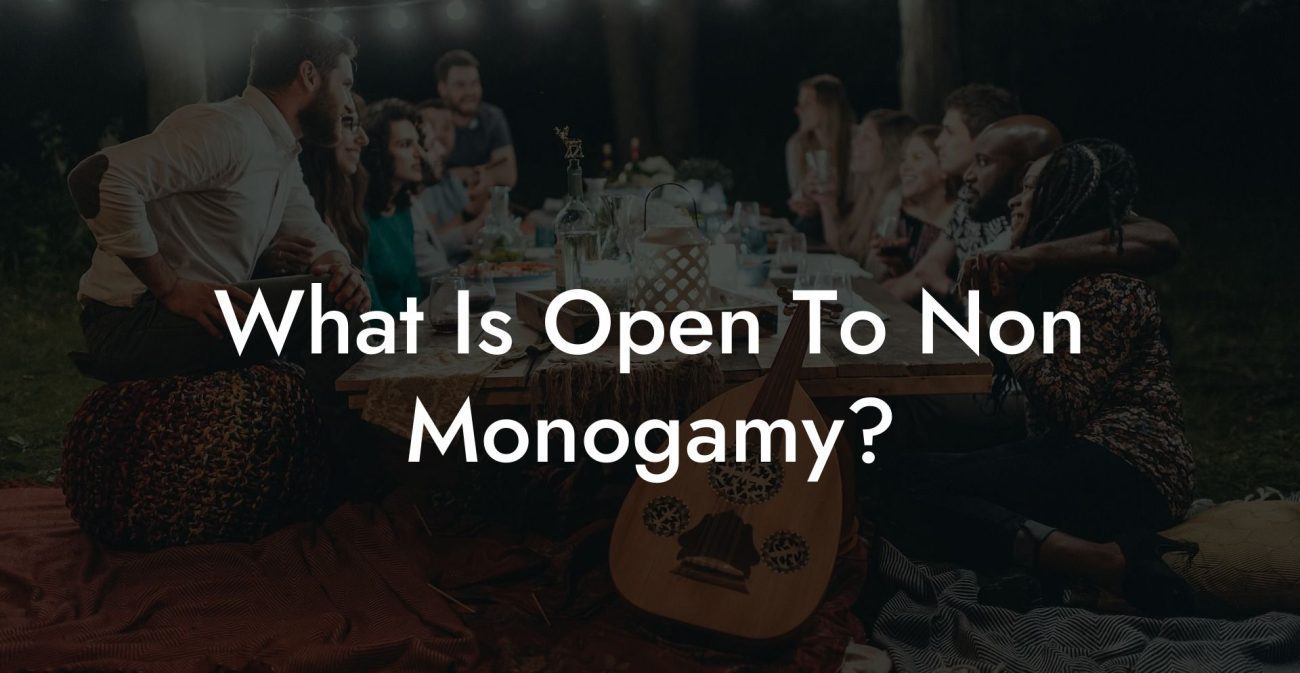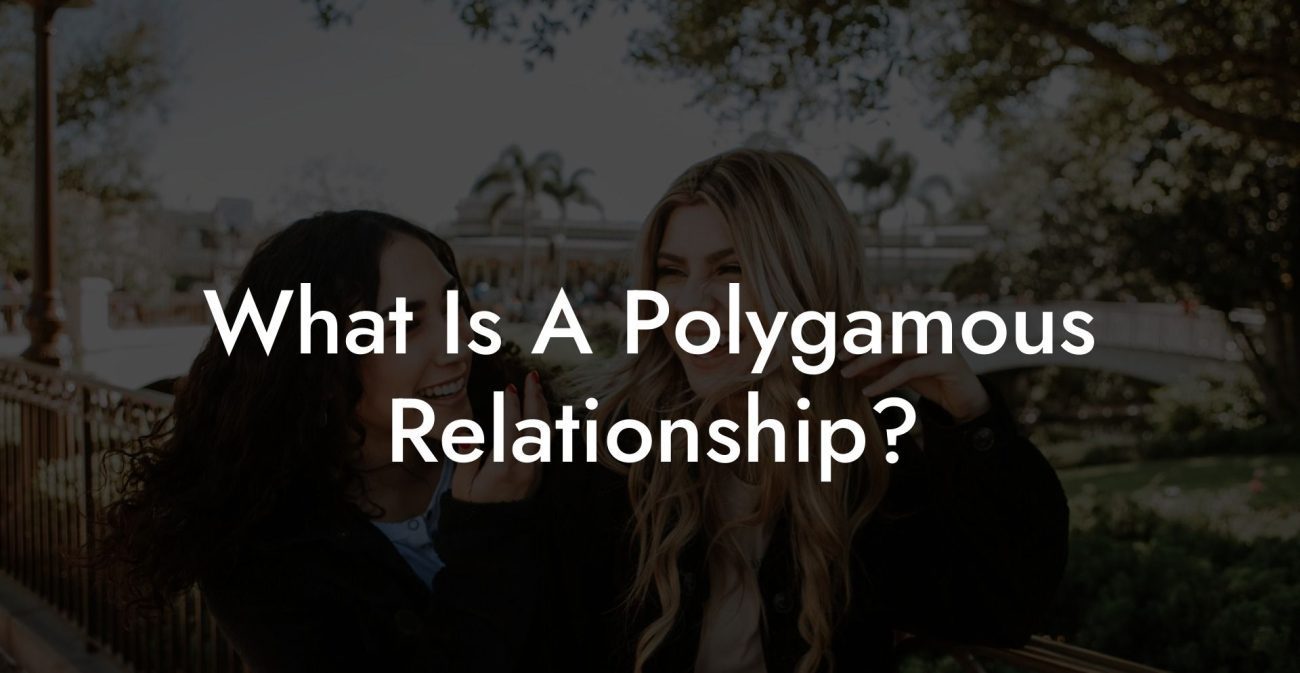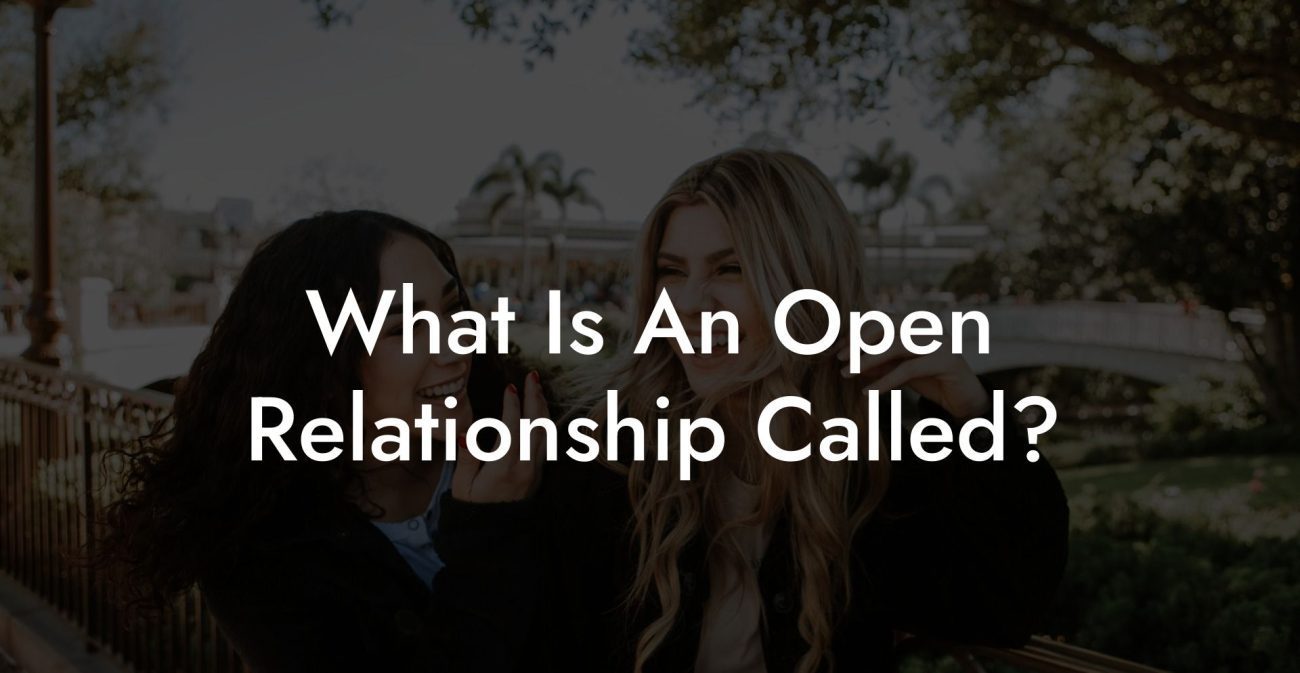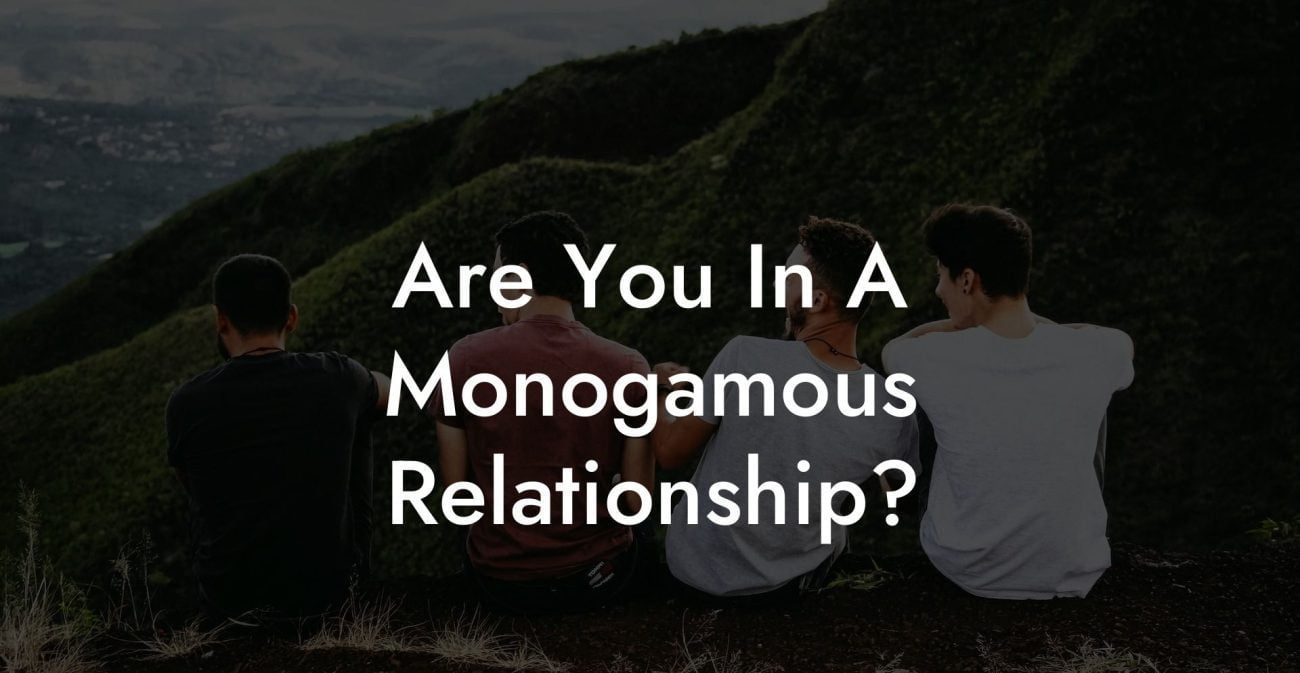Polyamory and ethical non-monogamy open up a world of possibilities when it comes to navigating relationships. While many couples may choose to be in a fully polyamorous or open relationship, others may opt for a slightly different arrangement called one-sided non-monogamy. This relationship structure can be a more suitable option for couples with different desires and boundaries – but understanding the intricacies and potential challenges is crucial for its success. Are you curious about one-sided non-monogamy and what it entails? This comprehensive guide explores the ins and outs of this unconventional relationship dynamic and provides valuable insight for those considering it.
One Sided Non Monogamy Table of Contents
What is One-sided Non-monogamy?
One-sided non-monogamy, also known as asymmetrical non-monogamy or mono/poly, is a relationship structure where one person remains monogamous while their partner engages in consensual non-monogamous relationships. This type of arrangement requires open communication, trust, and mutual agreement between both partners.
Why Some Couples Choose One-sided Non-monogamy
- Different sexual desires and needs: One person may have a higher libido or desire for diverse sexual experiences than their partner, who might be content with only one partner.
- Personal growth and exploration: The non-monogamous partner may want to explore their sexuality or emotional connections with others while still maintaining the connection with their primary partner.
- Mismatched relationship styles: One person might be naturally polyamorous and feel more comfortable in an open relationship, while their partner remains monogamous by choice or preference.
- Long-distance or extended time apart: In some cases, the non-monogamous partner may have the freedom to engage in other relationships while they’re physically apart from their monogamous partner due to work, travel, or other reasons.
Benefits and Challenges of One-sided Non-monogamy
Benefits:
- Honesty and communication: Openly discussing desires and boundaries can strengthen trust and intimacy between partners.
- Meeting individual needs: Both partners can fulfill their unique emotional, sexual, and relationship needs without feeling restricted or confined by a conventional monogamous structure.
- Less resentment and guilt: The non-monogamous partner can explore their natural inclinations without hiding or feeling guilty, while the monogamous partner’s boundaries are respected and honored.
Challenges:
- Jealousy and insecurity: The monogamous partner may struggle with feelings of jealousy, fear of being replaced, or insecurity about their own desirability.
- Emotional workload and time management: The non-monogamous partner has to manage multiple relationships and ensure that the primary partner’s needs are being met, which can be emotionally and physically taxing.
- Societal misunderstanding and judgment: Some people may not understand or approve of this relationship dynamic, which can create additional stress or pressure on the couple.
- Navigating boundaries: Continuously discussing and reassessing boundaries is important, as they may change over time or require adjustment based on situations and experiences.
One Sided Non Monogamy Example:
Imagine a couple, Sarah and Jack, who have been happily married for ten years. Jack identifies as polyamorous, whereas Sarah prefers to remain monogamous. After a series of open and honest conversations, they agree that Jack can explore relationships with other partners, while Sarah remains committed solely to Jack.
Together, they set boundaries and guidelines to ensure the health and longevity of their primary relationship. They continuously communicate, trust, and support each other, regardless of the unconventional nature of their relationship.
One-sided non-monogamy can offer unique benefits and growth opportunities for the right couple. However, navigating this relationship structure won’t come without its challenges. Ultimately, ongoing communication, trust, and flexibility are essential for the success and happiness of both partners. If you found this guide helpful or insightful, do share it with others who might benefit. For more information and resources on monogamy, non-monogamy, and polyamory, check out other guides on The Monogamy Experiment.


